-
×
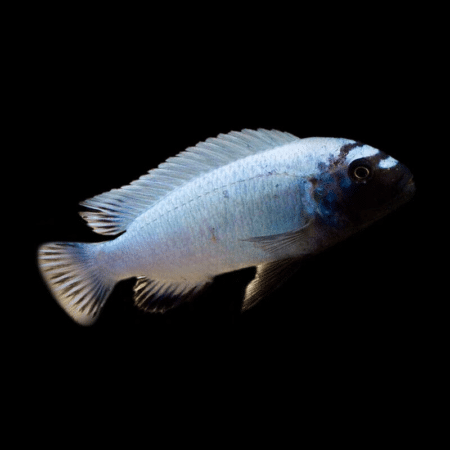
-
×

-
×

-
×

-
×
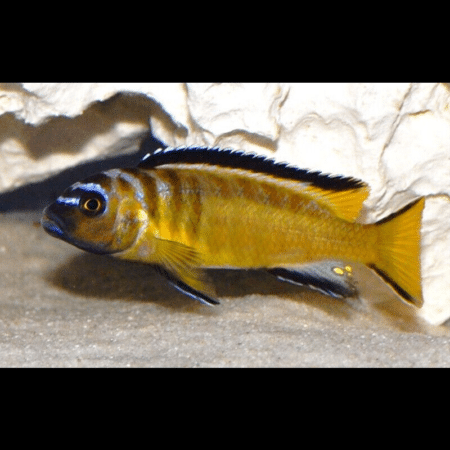
-
×

-
×

-
×

-
×

-
×

-
×

-
×
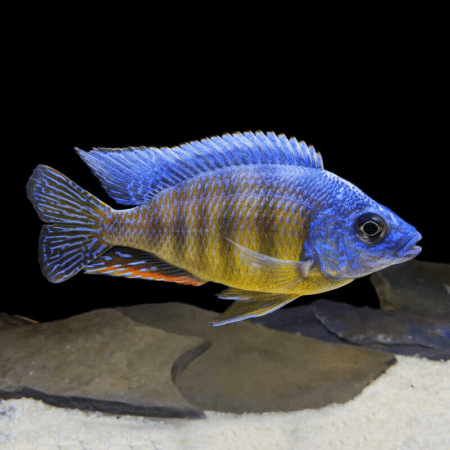
-
×
 Assorted Colour Vampire Crab Geosesarma Sp 2-3Cm
1 × £8.71
Assorted Colour Vampire Crab Geosesarma Sp 2-3Cm
1 × £8.71 -
×
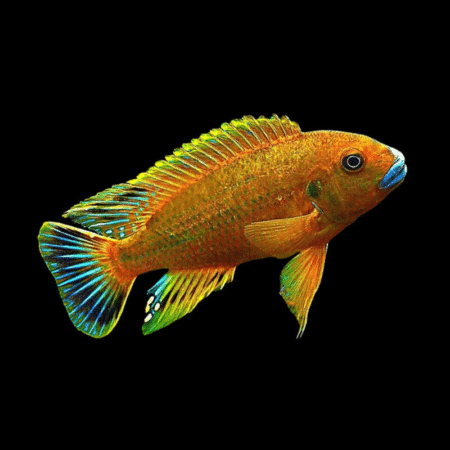
-
×

-
×

-
×

-
×
 Golden Eyes Vampire Crab - Geosesarma Sp. - Decapod Crustacean
1 × £8.71
Golden Eyes Vampire Crab - Geosesarma Sp. - Decapod Crustacean
1 × £8.71 -
×

-
×

-
×
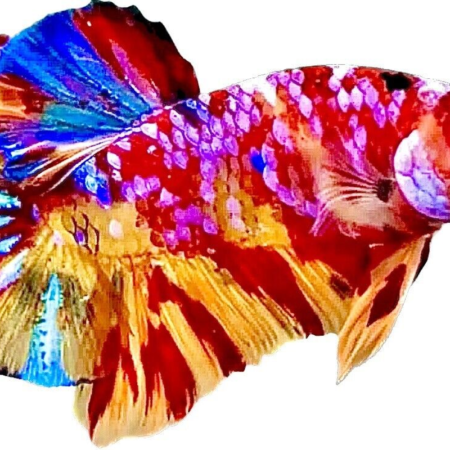
Subtotal: £390.01











Emily Roberts (verified owner) –
I recently purchased the 10 Blue Platies, and I couldn’t be happier with my decision! As a caring fish parent, I prioritize the health and happiness of my aquatic friends, and these platies have exceeded my expectations. They arrived just a week ago, and from the moment they entered my tank, their vibrant colors and playful personalities brightened up my aquarium. They’re friendly, hardy, and seem to thrive on the high-quality fish food I’ve been providing them. Compared to previous livebearers I’ve kept, like guppies, the platies are much easier to care for and add a more dynamic aesthetic to my setup. I’ve already noticed them interacting beautifully with my other fish, which is a joy to watch! While I had a tiny concern about one platy being a bit shy initially, it adapted quickly and is now swimming confidently. I recommend these beautiful fish to anyone from beginner hobbyists to seasoned aquarists looking to add a splash of color. You won’t regret it! Overall, a fantastic purchase – I plan to buy more soon!
Emily Carter (verified owner) –
As a passionate aquarium enthusiast, I have to say that these 10 Blue Platies are a true delight! I purchased them about a month ago to add some vibrancy to my community tank, and they’ve exceeded my expectations. Not only are they stunning to look at with their vibrant blue hues, but they are also incredibly friendly fish that get along well with my other freshwater residents.
After introducing them to the tank, I noticed they quickly adapted to their new environment, showing no signs of stress—which is always a relief when you’re a caring fish parent. They’ve been actively swimming around, displaying playful behavior, and even exploring the plants I’ve added!
Compared to other livebearers I’ve kept, these Blue Platies are by far the easiest to care for. They thrive with minimal maintenance, which is perfect for new aquarium owners like myself. My only minor concern was ensuring they had enough room to swim freely as they grow, but that’s easily managed with a spacious tank setup.
For anyone looking to enhance their aquarium with lively, colorful community fish, I wholeheartedly recommend these Blue Platies. They bring not just color, but also joy and movement to the tank. I’ll definitely be purchasing more in the future!